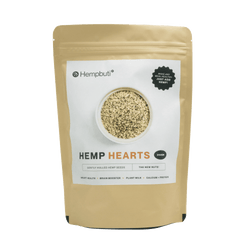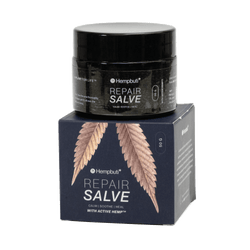Hey everyone, it's Humna here, your wellness whisperer diving into the world of hidden health challenges. Ever feel like your body is a bit too flexible for its own good? That's the reality for folks with Ehlers-Danlos Syndrome (EDS), a group of genetic disorders affecting connective tissues. If you've stumbled upon this from a search or a friend's share, stick around—we're unpacking what EDS is, its sneaky symptoms, and how to manage it without losing your spark. Trust me, knowledge is power, especially when dealing with something as tricky as this.
What Exactly is Ehlers-Danlos Syndrome?
EDS messes with collagen, the glue holding your skin, joints, and organs together. There are 13 types, each with its own vibe, but they all stem from genetic mutations. It's rare, affecting about 1 in 5,000 people, and often flies under the radar until adulthood. The hypermobile type (hEDS) is the most common, causing super-stretchy joints and skin that bruises easily. Vascular EDS is scarier, risking artery ruptures. No cure yet, but ongoing research—like gene therapies and new diagnostic criteria by 2026—promises better days.
Spotting the Symptoms: Listen to Your Body
Symptoms vary wildly, but common ones include overly flexible joints that dislocate easily, velvety skin that tears or bruises, and chronic pain. You might deal with fatigue, headaches, digestive woes, or even heart issues. For some, it's mild—think frequent sprains—while others face life-altering complications like organ ruptures. Early signs? Kids with EDS often have "double-jointed" tricks but pay for it with pain later. If this sounds familiar, chat with a doc—don't brush it off as "just being clumsy".
The Many Faces of EDS: A Quick Breakdown
With 13 subtypes, EDS isn't one-size-fits-all. Here's a handy table to compare the big ones:
This isn't exhaustive—check with a specialist for your fit.

Diagnosis and Treatment: Getting the Right Help
Diagnosis often starts with a physical exam, family history, and genetic tests for rarer types. No magic pill, but management rocks: physical therapy strengthens muscles to support wobbly joints. Pain meds, braces, and even surgery for severe cases help. Lifestyle tweaks? Gentle exercises like swimming, a balanced diet, and stress-busters like yoga. Research in 2025 highlights therapies like prolotherapy for joint stability and meds to lower blood pressure in vascular types. Remember, a multidisciplinary team—think PTs, geneticists, and pain specialists—is key.
Thriving with EDS: Real Talk and Tips
Living with EDS can be tough, but many folks build amazing lives. Prioritize self-care: avoid high-impact sports, protect your skin, and connect with support groups. I've heard stories of people turning pain into purpose—advocating or creating art. What's your go-to coping hack? Share below! If symptoms ramp up, seek help early to dodge complications.

In wrapping up, EDS might bend you, but it doesn't have to break you. Stay informed, seek support, and embrace your unique strength. Drop a comment if this resonates—let's build a community! For more health insights, hit subscribe.








